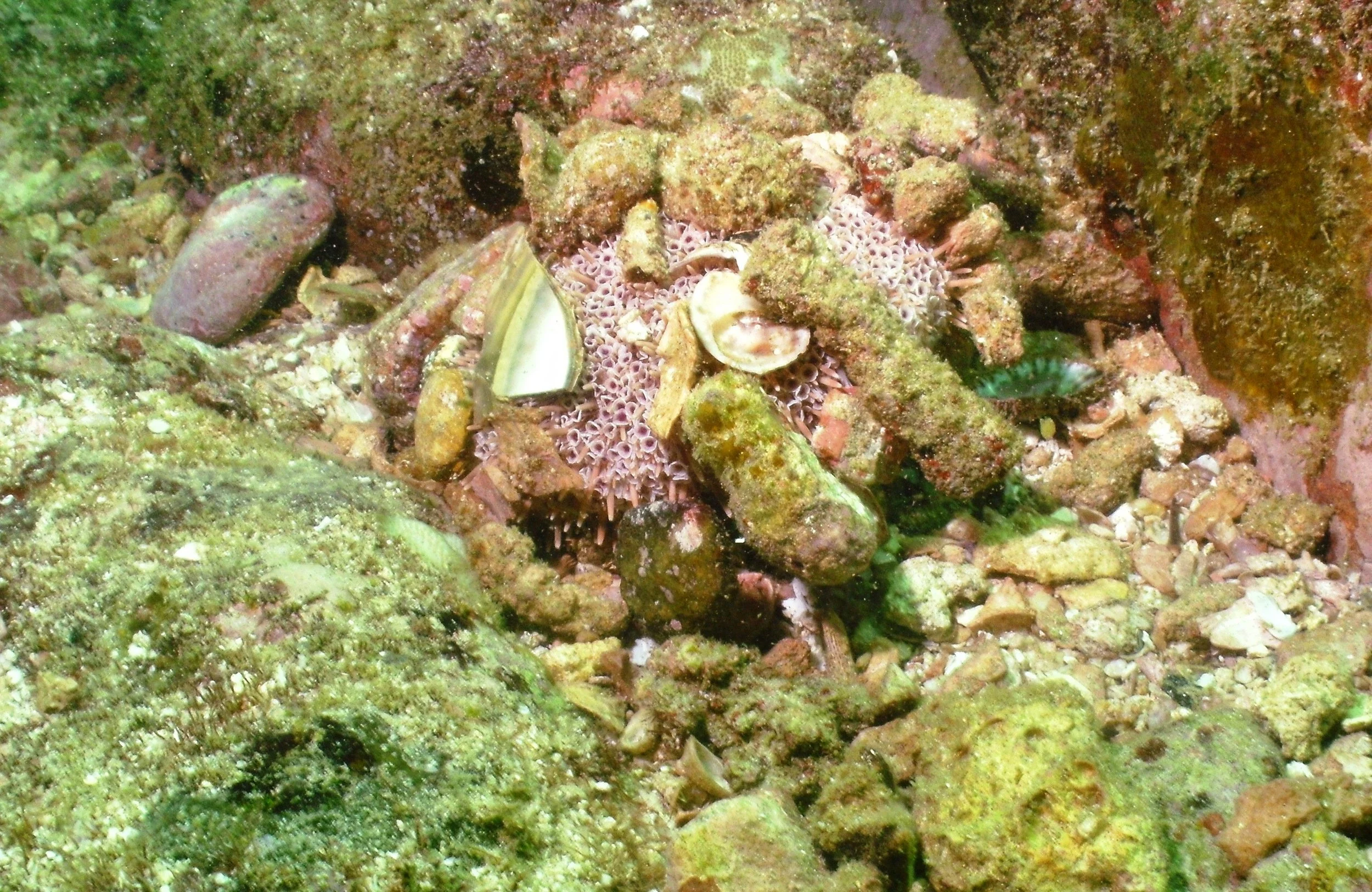Not all animal species operate on a system of only males and females! Trioecy, when hermaphrodites coexist with females and males in a population, is an understudied reproductive strategy being brought into the spotlight with pink sea urchins in the Mexican Pacific. Valentina Islas-Villanueva and Francisco Benítez-Villalobos brought their research to our attention because they found that trioecy is maintained as a time-stable mating system, not as a one-time coincidence or a disorder. Their work adds to a growing body of evidence about the naturally occurring diversity of sex in living things.
Second Nature Documentary (2024)
From homosexual penguins and sex-transitioning fish to pregnant male seahorses and sexually dominant female bonobos, there are thousands of species that defy our expectations of gender and sexuality. Director Drew Denny takes the nature documentary to a whole new level in this eye-opening and entertaining expedition to the places David Attenborough overlooks, where giant duck penises and corkscrew vaginas take center stage.
Turns out Darwin wasn’t right about everything. He nailed that theory of evolution, but his understanding of gender and sexual diversity in the animal kingdom was more than a little misguided. Turns out the natural world is way more diverse and complex than he — or your high school biology teacher — may have led you to believe. Meanwhile, many unsung contemporary scientists, like evolutionary biologists Joan Roughgarden and Patricia Brennan and primatologist Amy Parish, have been zealously studying animal behavior and anatomy and exposing the myth of the gender binary for decades, despite ongoing resistance to their findings from the research establishment.
Queer Planet Documentary
Queer Planet is a documentary that showcases a wide variety of animal (and plant) species that exhibit queer behaviors or physical characteristics. Experts share insights on the observed mechanisms of these queer traits and their functional impact on survival and reproduction. Scientist also explain why institutions of science have traditionally ignored or mischaracterized this aspect of diversity in the living world.
This documentary was produced for an adult audience and the narration occasionally references human sexual topics and slang.
Lesson Plan: The Guardian Frogs of Borneo
In this lesson for grades 5-8, students explore diversity in mating and parental behaviors across species with a clearly defined concept of sex as opposed to gender.
Diverse Reproductive Strategies Gallery Walk
In this lesson, students do a reading about R- and K-selection and then a gallery walk of four more unique reproductive strategies in animals. Students use the notes taken during the gallery walk to write a paragraph response comparing two different strategies.
The examples chosen include sequential hermaphroditism in clownfish and unisexual populations of all-female salamanders. However, they are limited in that all the example species are described to have binary sex. This lesson could be supplemented with examples of species where there are more than two sexes - see Scientific Evidence for examples.
Editor’s note: The term "hermaphrodite" is appropriate for referring to non-human animals with sex characteristics that do not fit typical binary notions of male or female bodies. For humans, “intersex” is the appropriate term—learn more here!
For a longer and more inquiry-based lesson, the gallery walk information could be shortened to remove the explanation for why each species has a unique reproductive strategy. Students could be tasked with hypothesizing the relationship between reproductive strategy and social structure or environment of the animal.





